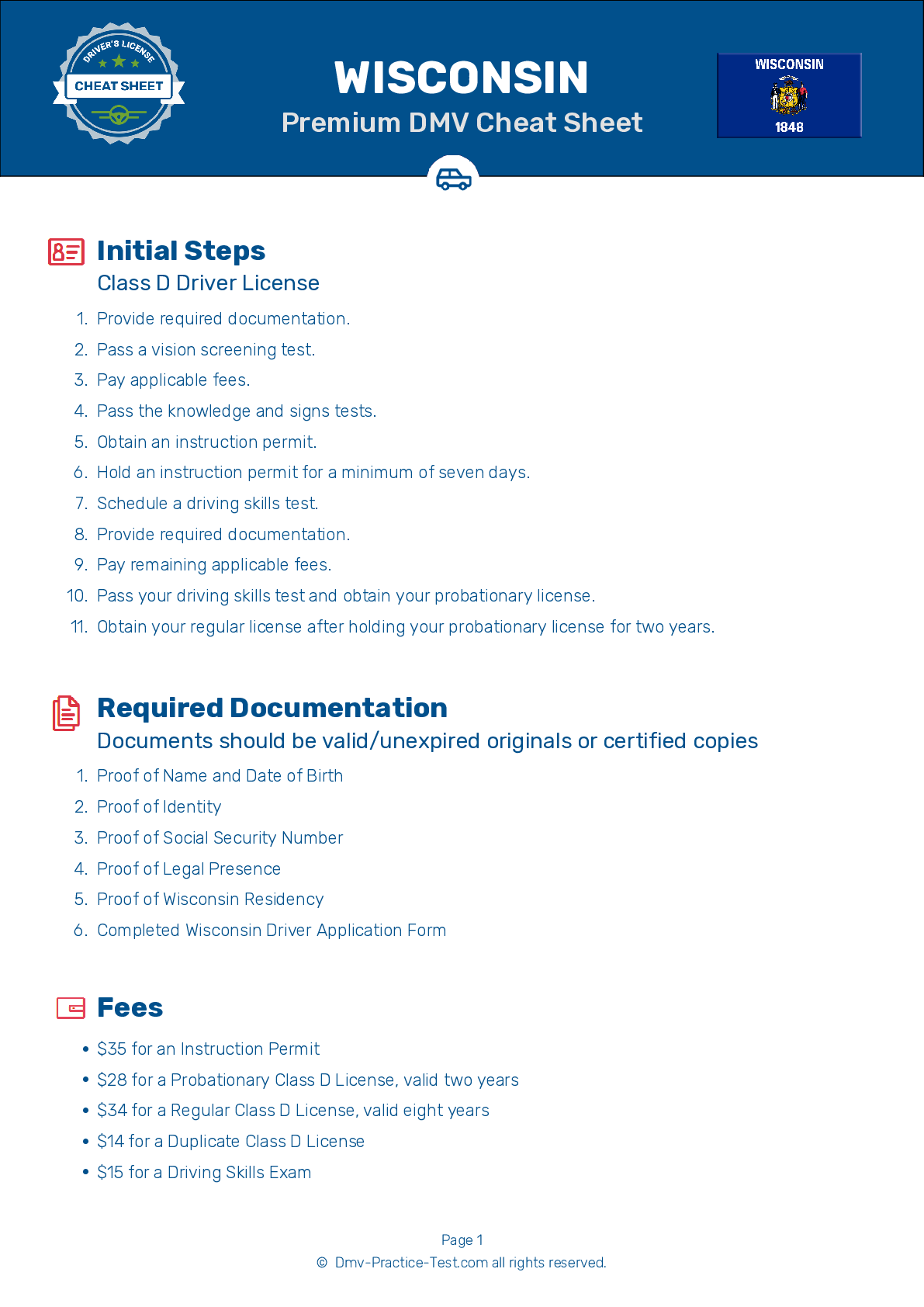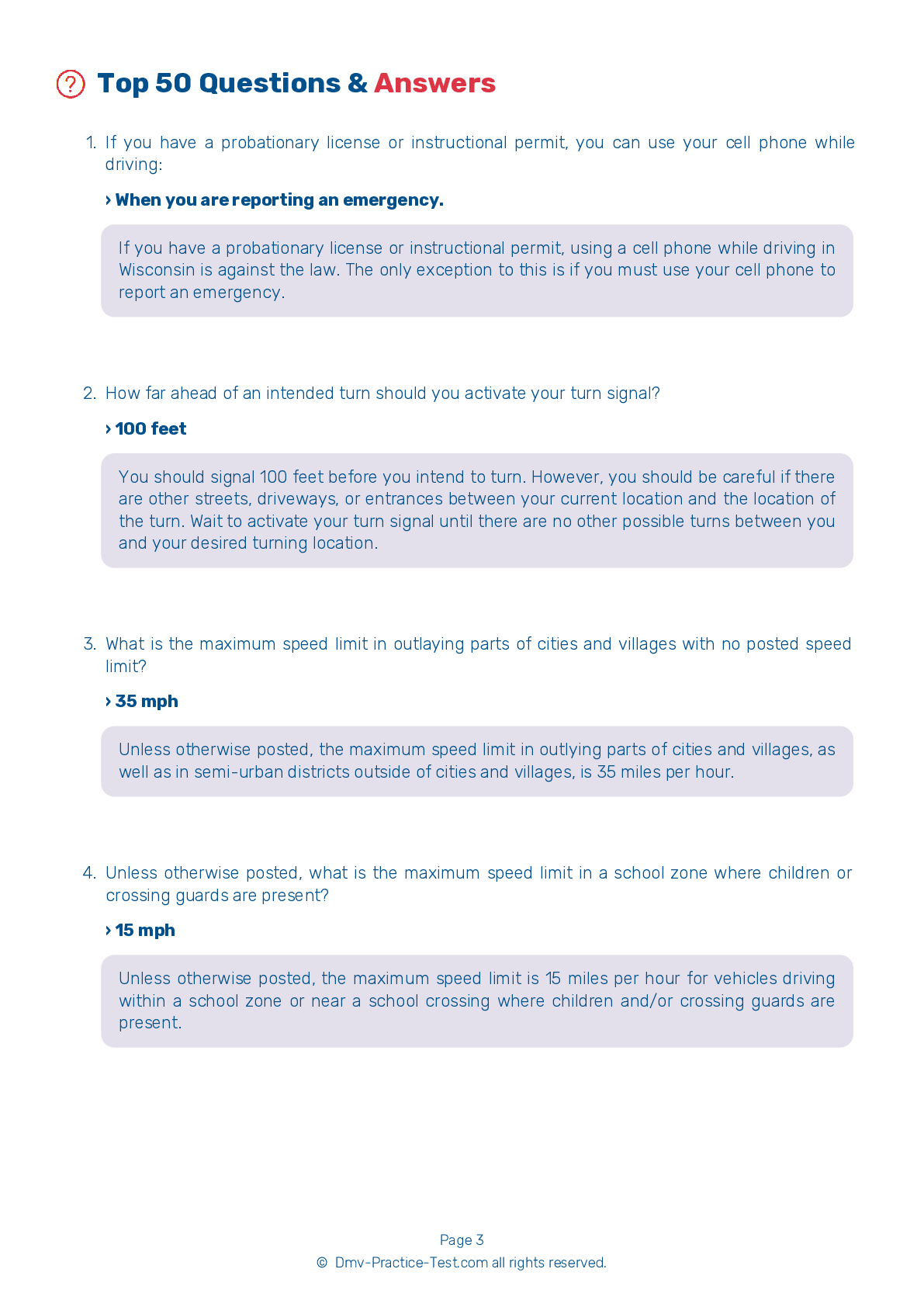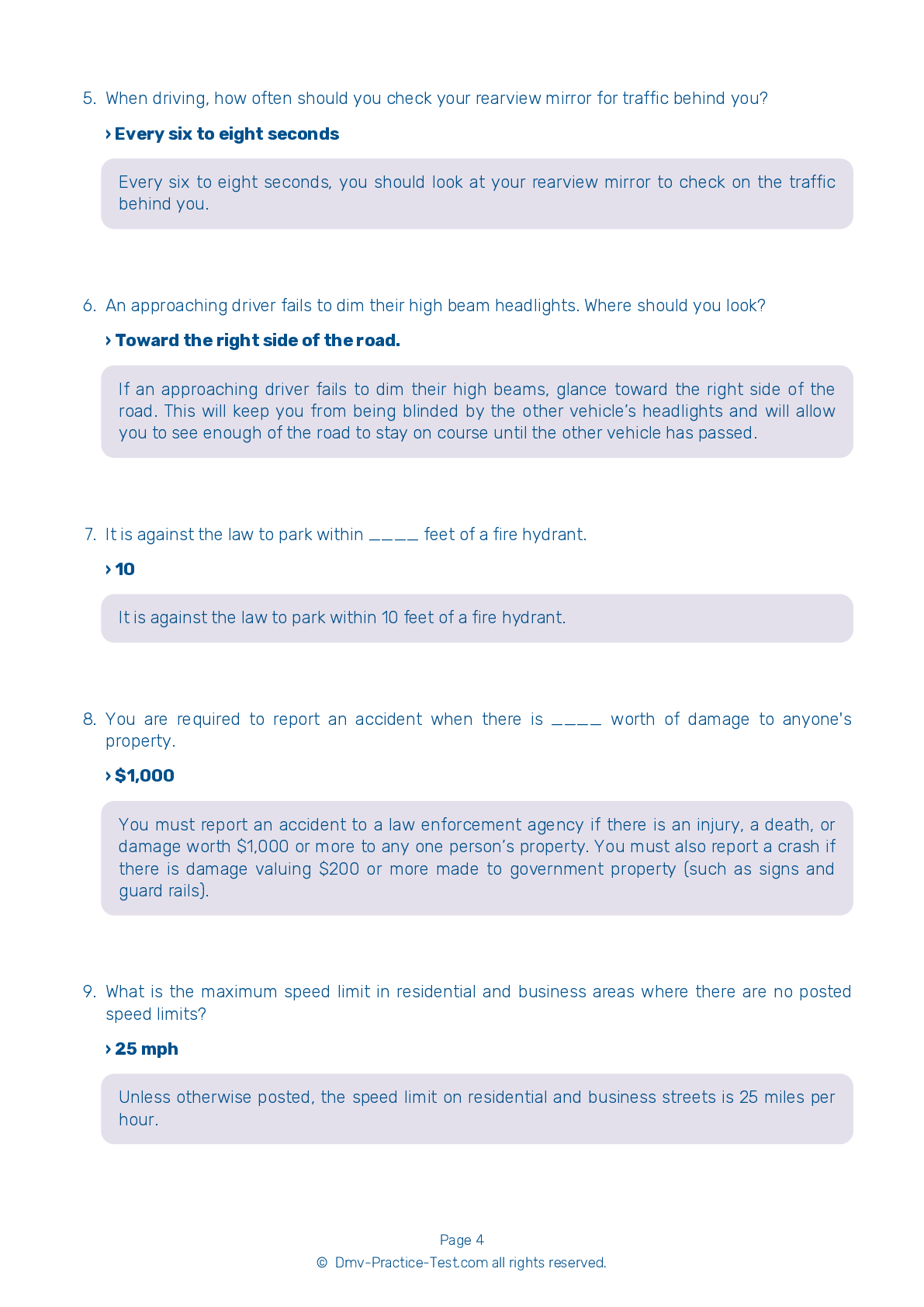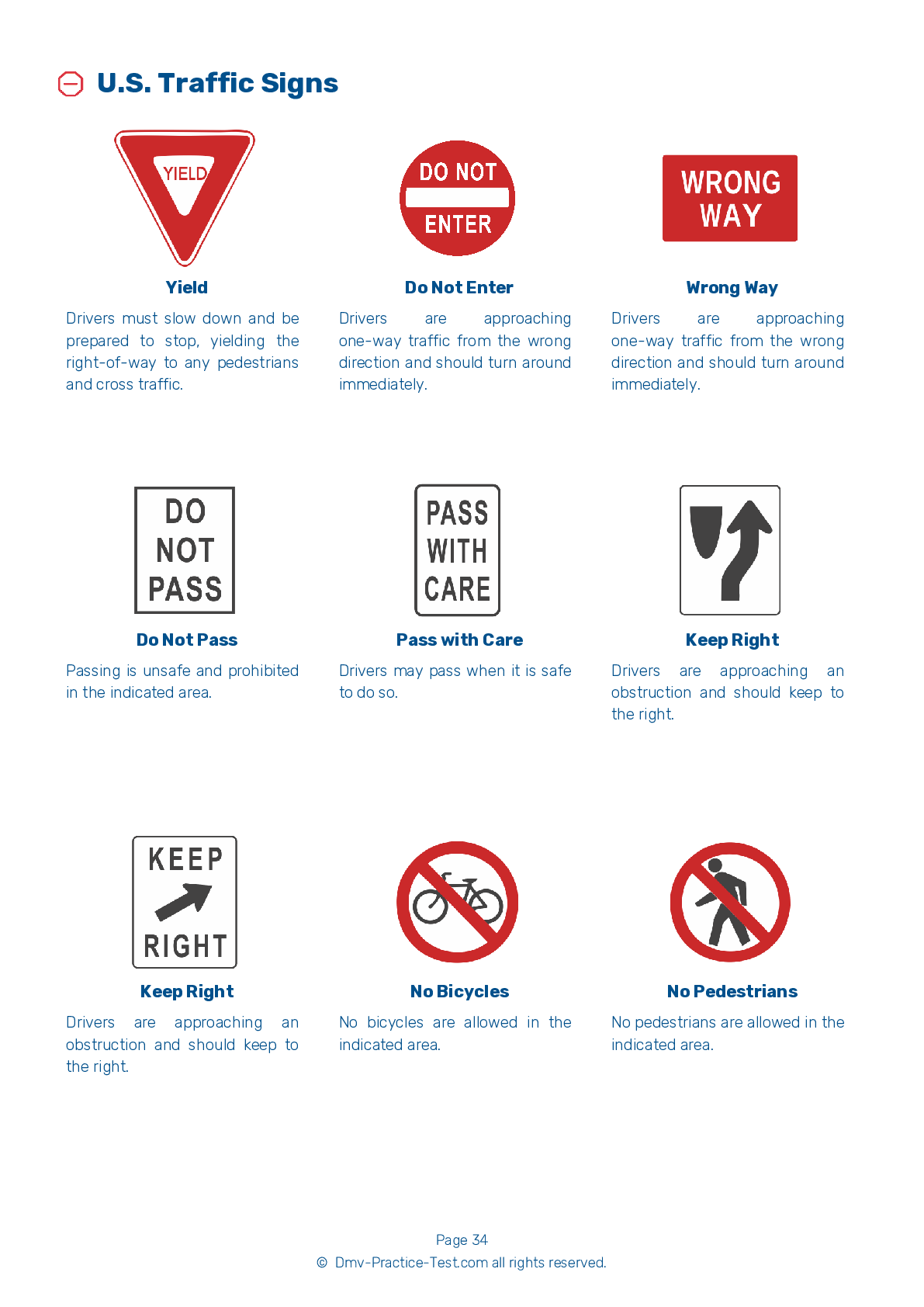FREE Wisconsin DMV Practice Test #14 Page 7 of 7
The Wisconsin DMV practise examinations have been updated for January 2025. It includes questions based on the Wisconsin Driver Handbook's most significant traffic signals and legislation for 2025. Use actual questions that are very similar (often identical!) to the DMV driving permit test and driver's licence exam to study for the DMV driving permit test and driver's licence exam.
On the practise exam, each question gets a tip and explanation to help you remember the concepts. The written component of the official Wisconsin DMV test will include questions about traffic rules, traffic signs, and driving statutes, as well as knowledge from the Driver Handbook.
To obtain a passing grade, you must correctly answer 40 of the 50 questions. Use the practise exam provided by the Wisconsin Department of Motor Vehicles to help you prepare for your instruction permit or driver's licence.
The DMV exam is available in several languages.
Using any kind of testing assistance will result in an automatic fail, and the DMV may take additional action against your driver's licence, so stay away from it.
43 . What should you do when you are going to enter a roadway from a private road?
When entering a roadway from a driveway or private road, you must yield the right-of-way to pedestrians and traffic on the roadway.
44 . When you approach a railroad crossing without flashing warning signals or crossing gates, you should:
Always be prepared to yield to any oncoming trains before crossing railroad tracks, particularly if there are no lights or gates controlling the crossing. Never start to cross the tracks until there is room for your entire vehicle on the other side of the tracks. Due to the risk of a vehicle stalling, it is not wise to shift gears when crossing railroad tracks.
45 . This sign means:
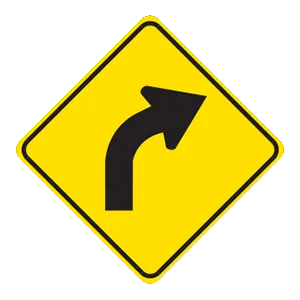
Warning signs prepare drivers for upcoming road conditions and hazards and are usually yellow with black markings. This sign alerts drivers to an upcoming curve in the road.
46 . If two drivers arrive at the same time to an open intersection:
If you arrive to an open intersection at the same time as a vehicle to your right, you should yield the right-of-way to that vehicle. You may then proceed when it is safe to do so.
47 . This road sign means:
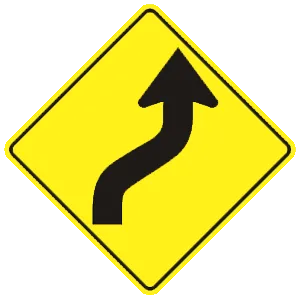
Warning signs are usually yellow with black markings. This sign warns drivers that the upcoming road will curve right, followed by a curve to the left. Drivers should adjust their speed to safely continue on the road.
48 . If you have a probationary license or instructional permit, you can use your cell phone while driving:
If you have a probationary license or instructional permit, using a cell phone while driving in Wisconsin is against the law. The only exception to this is if you must use your cell phone to report an emergency.
49 . You may not park:
There are a number of locations where it is unlawful to park, including on a crosswalk or in a marked bicycle lane. When parking on the street, you must be within 12 inches of the side of the road.
50 . Your vehicle strikes an unattended parked vehicle and you cannot locate the vehicle’s owner. You:
Upon striking an unattended vehicle, stop and try to locate the owner. If you cannot find the owner, leave a written notice containing your name, your address, and the circumstances of the accident.
See the exact questions that will be on the 2025 Wisconsin DMV exam.
99.2% of people who use the cheat sheet pass the FIRST TIME
LT gives us an insight on how the cheat sheet provided her with all the study questions she needed before taking her test.
Joe initially studied with the handbook and failed his test, he eventually found us online, studied and pass his test the first time around.
